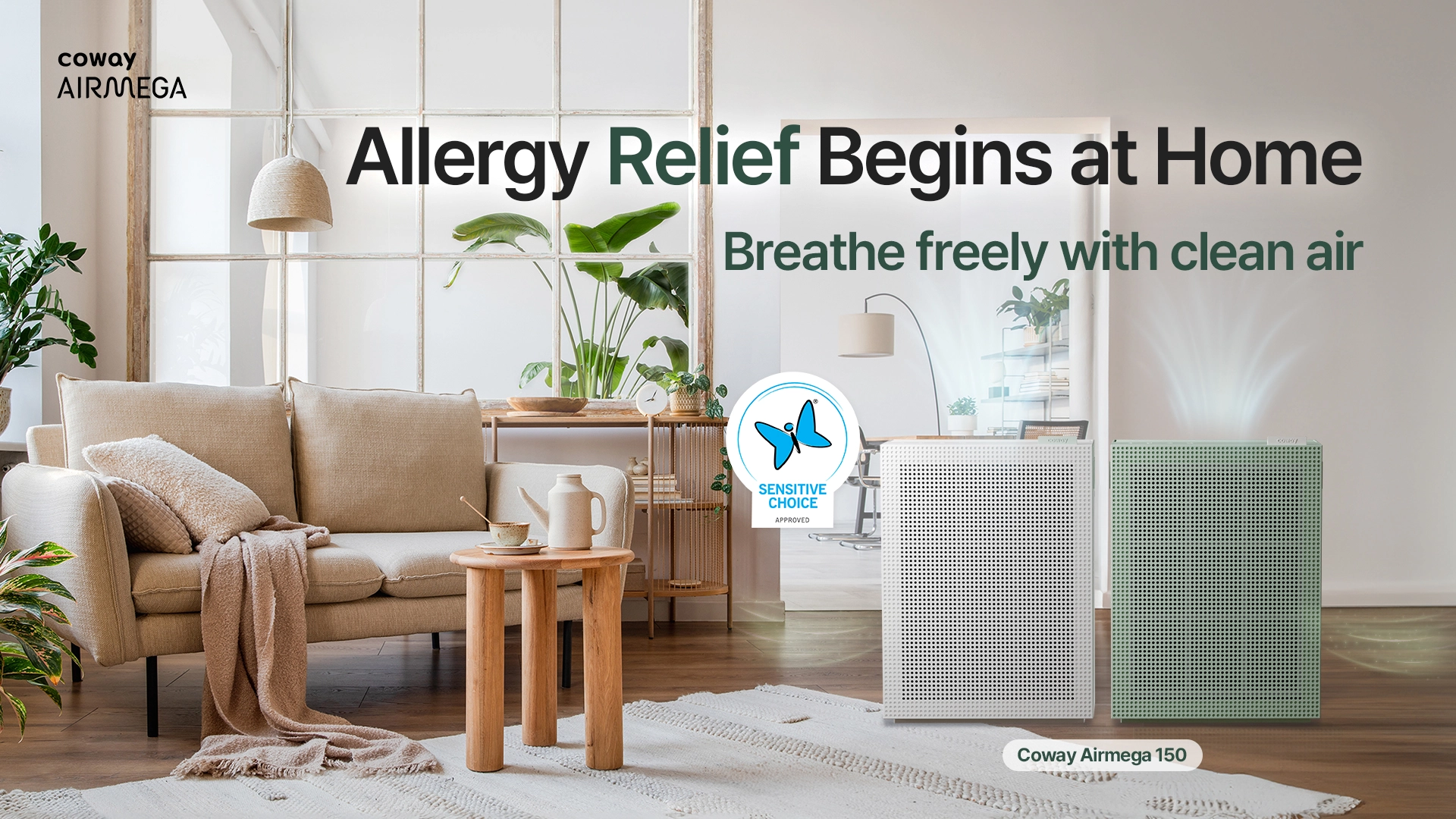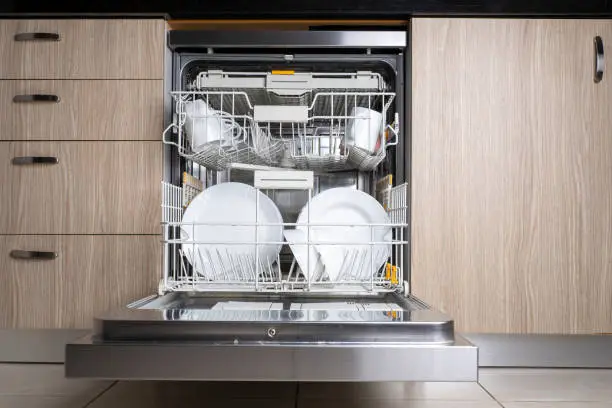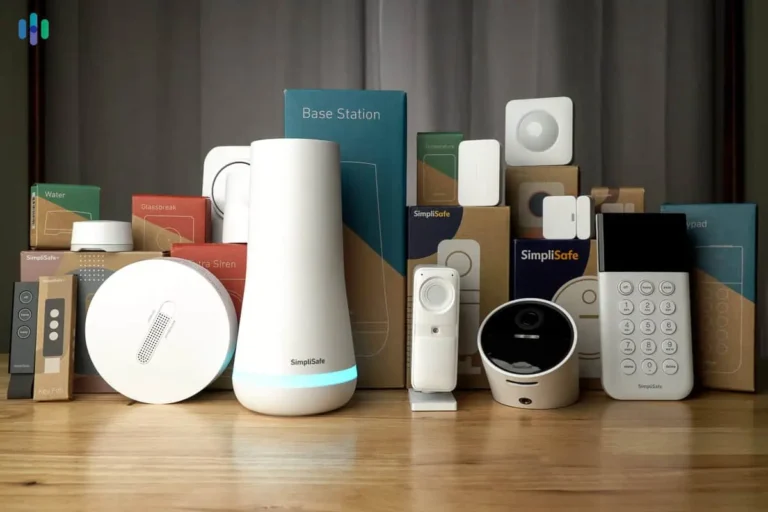Best Air Purifiers for Allergy Relief in 2025
Best Air Purifiers for Allergy. If you’ve ever felt like your own home is a war zone for your sinuses—itchy eyes, constant sneezing, a runny nose—you’re not alone. Allergies affect millions, and for many, the culprit is lurking right in their living space: airborne allergens. Pollen, pet dander, mold spores, dust mites, and smoke are common triggers that reduce indoor air quality and worsen symptoms. That’s where air purifiers for allergy relief come in. These powerful devices help you breathe easier by filtering out the very particles that make life miserable.
This comprehensive guide will walk you through everything you need to know about air purifiers tailored for allergy sufferers—what they are, how they work, their key features, how to choose one, and the best options currently available. Whether you’re new to air purifiers or looking to upgrade your current model, this resource is built to help you make a smart, health-forward decision.
What Are Air Purifiers?
Air purifiers are devices designed to remove airborne pollutants from the indoor environment. They use a combination of filters and purification technologies to capture or neutralize contaminants in the air. For allergy sufferers, these devices can be life-changing by reducing the presence of allergens in their surroundings.
Common Types of Air Purifiers
HEPA (High-Efficiency Particulate Air) Purifiers: Capture up to 99.97% of particles as small as 0.3 microns. Great for dust, pollen, pet dander.
Activated Carbon Filters: Remove odors and chemical pollutants. Often combined with HEPA.
UV-C Light Air Purifiers: Kill bacteria, viruses, and mold spores.
Ionic Purifiers: Use ions to bond with airborne particles, causing them to fall or be collected.
Ozone Generators (not recommended for allergies): These produce ozone, which may irritate airways.
Why Allergies Get Worse Indoors
Many people assume allergies are a seasonal outdoor problem. But your home can be a bigger trap for allergens than the great outdoors. Here’s why:
1. Limited Ventilation
Homes are now better sealed for energy efficiency, but that also means fewer allergens escape. Instead, they circulate indoors.
2. Everyday Activities Stir Up Allergens
Vacuuming, dusting, or even walking on carpets can send allergens back into the air.
3. Hidden Sources
Mold in bathrooms or basements
Pet dander in upholstery Dust mites in bedding and rugs
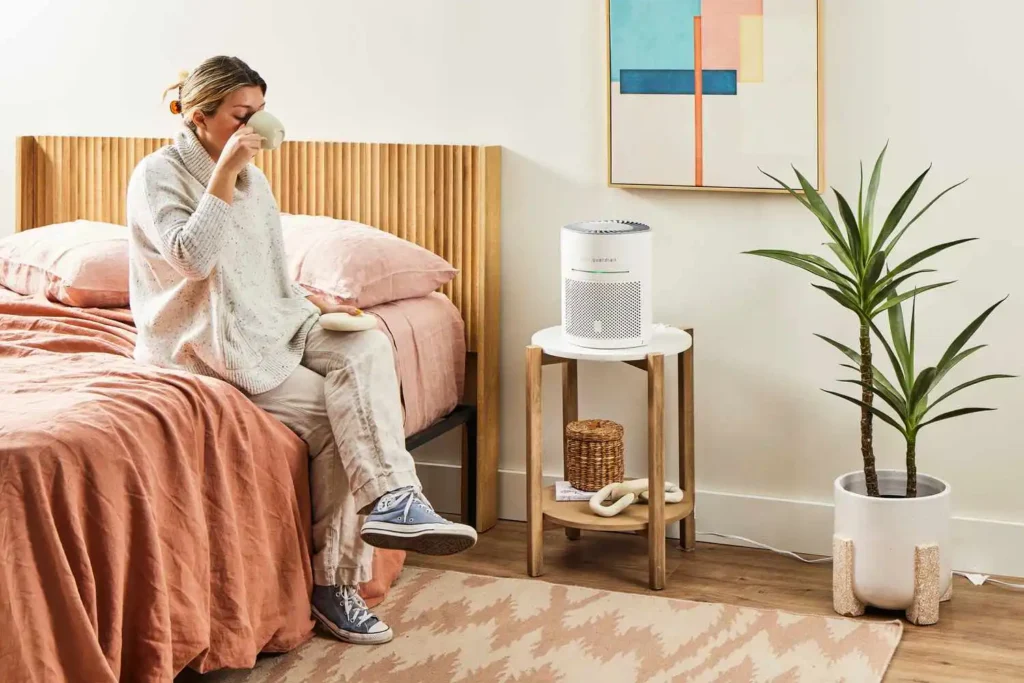
Key Benefits of Using Air Purifiers for Allergies
1. Reduce Allergy Symptoms
The biggest reason to invest in an air purifier is relief. Cleaner air can mean less congestion, better sleep, and fewer flare-ups.
2. Improve Sleep Quality
Allergy symptoms like coughing, sneezing, and postnasal drip can ruin your night. Air purifiers reduce nighttime irritants.
3. Cleaner Home Environment
Even if you clean daily, dust and allergens settle quickly. Air purifiers catch what cleaning misses.
4. Remove Pet Dander and Odors
If you love your pets but not the sneezing, a purifier can help balance comfort and cleanliness.
5. Prevent Long-Term Health Issues
Allergens don’t just irritate—they can lead to asthma, sinus infections, or chronic respiratory problems.
What to Look for in an Allergy Air Purifier
1. True HEPA Filter
Ensure it’s labeled “True HEPA.” Don’t settle for “HEPA-type” or “HEPA-like.”
2. CADR Ratings (Clean Air Delivery Rate)
Look for a higher CADR rating for pollen, dust, and smoke. This tells you how fast the air purifier can clean the air.
3. Room Size Compatibility
Choose a model suited for your room’s square footage. Too small, and it won’t clean effectively.
4. Noise Level
For bedrooms or offices, quieter is better. Look for units under 50 dB for night use.
5. Filter Replacement Cost & Frequency
Cheaper units may require frequent or expensive filter changes.
6. Smart Features
Wi-Fi connectivity, air quality sensors, and automatic speed adjustments are now common.
Best Places to Use an Air Purifier for Allergy Relief
Bedroom: You spend 6–8 hours here daily. Clean air here is crucial.
Living Room: Common area where dust and dander collect.
Home Office: Especially important if you spend long hours indoors.
Nurseries or Kid’s Rooms: Children are more sensitive to allergens.
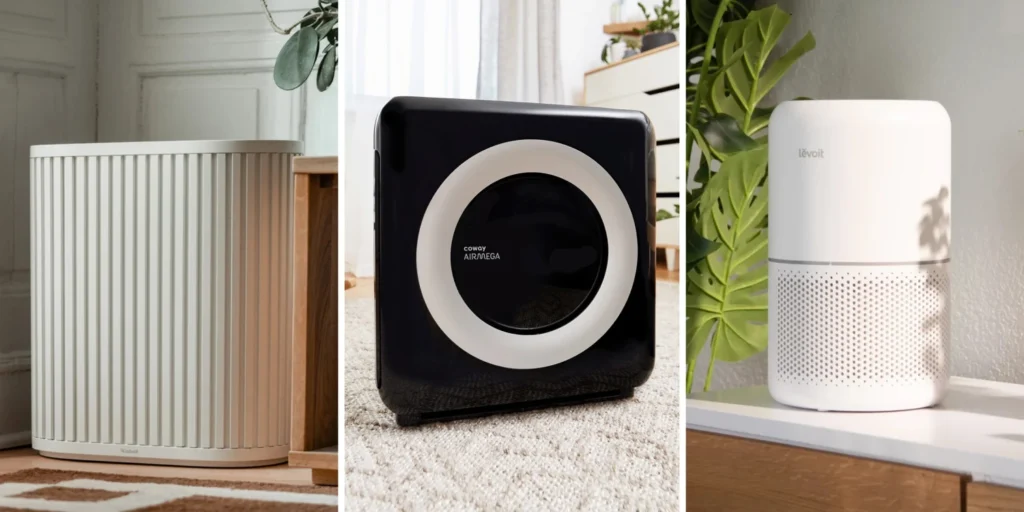
Top Air Purifier Brands for Allergies
1. Dyson
Known for futuristic design and high-efficiency air filtration. Most Dyson purifiers combine HEPA + activated carbon + air multiplier tech.
2. Honeywell
A trusted brand with strong CADR ratings and reliable HEPA filters. Great for medium to large rooms.
3. Levoit
Affordable, sleek, and compact. True HEPA filters at budget prices.
4. Blueair
Top-of-the-line CADR scores. Excellent for large rooms.
5. Coway
Features include smart sensors, eco-mode, and air quality feedback.
How to Maintain Your Air Purifier
1. Replace Filters on Time
HEPA filters usually last 6–12 months; carbon filters 3–6 months.
2. Clean Pre-Filters
These trap large particles and extend the HEPA filter’s life. Clean monthly.
3. Wipe Down Unit Exterior
Use a damp cloth to keep vents clear of dust.
4. Keep Surrounding Area Clean
Vacuum and mop floors to minimize recontamination.
Air Purifier vs Other Allergy Control Methods
Method
- Air Purifier
- Nasal Sprays
- Allergy Medications
- HVAC Filters
- Cleaning & Dusting
Effectiveness
- High
- Medium
- Medium–High
- Medium
- Medium
Cost
- Medium
- Low
- Low
- Medium
- Low
Notes
- Best for indoor airborne allergens
- Treats symptoms, not causes
- Provide temporary relief
- Must be high-quality MERV-13+
- Must be frequent and thorough
Air Purifiers for Pet Allergies
Pet dander is lightweight and easily airborne. Specialized air purifiers with pre-filters + HEPA + carbon layers can drastically reduce:
- Dander
- Hair
- Odors from litter boxes
For multiple pets, use a purifier in each frequently used room.
Air Purifiers for Seasonal Allergies
In spring or fall, pollen can wreak havoc. Keep windows closed and run a HEPA purifier 24/7. Models with air quality sensors adjust speed automatically when pollen levels spike.
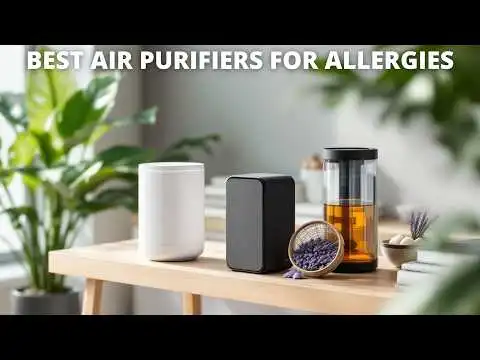
Air Purifiers for Dust and Mold Allergies
Dust mites and mold spores are tiny but dangerous. Mold-prone homes (especially in humid climates) need purifiers with:
HEPA filters
UV-C light (optional)
Dehumidifier function (dual units available)
Smart Air Purifiers for Allergy Sufferers
Many new models come with smart features:
- Mobile app controls
- Air quality sensors
- Auto-mode adjustments
- Alexa/Google integration
Examples include:
- Coway Airmega 400S
- Levoit Core 400S
- Dyson Pure Cool TP09
FAQs
Q1: Can air purifiers cure allergies?
A: No, but they significantly reduce symptoms by removing allergens from the air.
Q2: How long should I run my air purifier?
A: Ideally 24/7. At minimum, run for 8–12 hours daily in key rooms.
Q3: Do I need one for each room?
A: If budget allows, yes. Otherwise, move a single unit to where you spend most time.
Q4: Can air purifiers help with asthma?
A: Yes, especially if triggers include dust, pet dander, or pollen.
Q5: What’s the best filter for allergy relief?
A: A True HEPA filter with a pre-filter and activated carbon layer is ideal.

